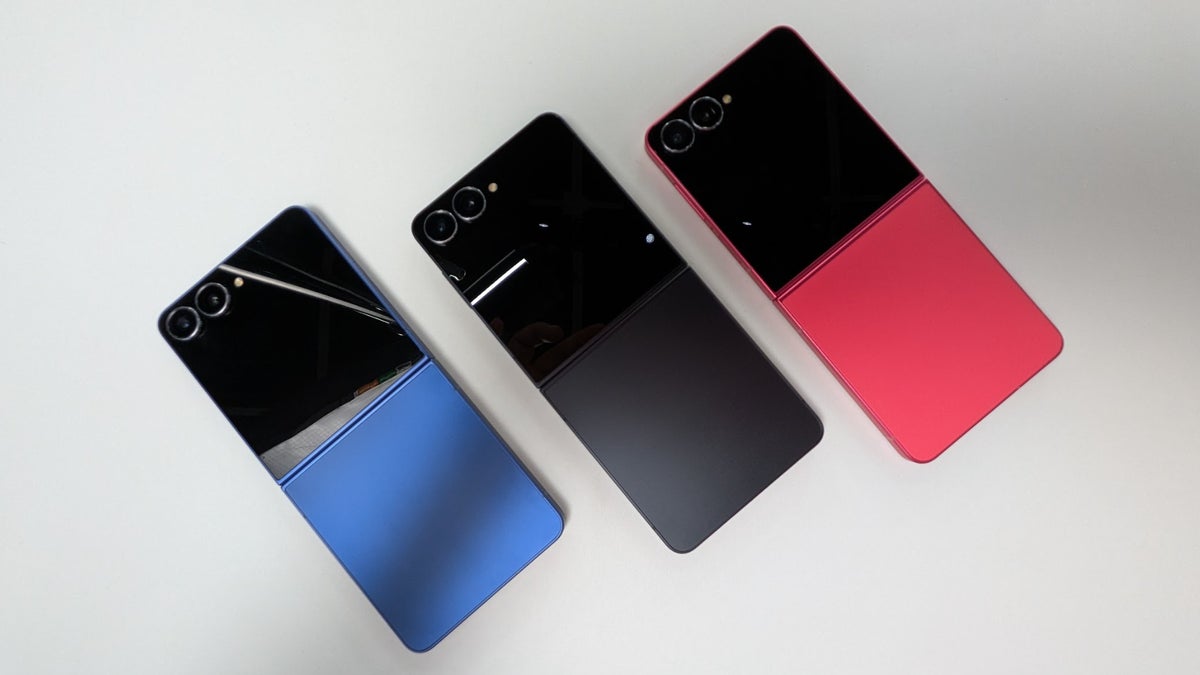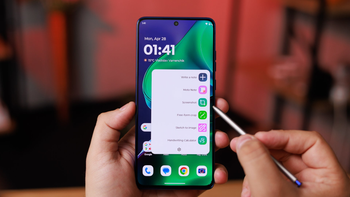Samsung Galaxy Z Flip 7’s greatest strength came from Exynos
It was the Exynos 2500 that helped keep the price tag unchanged for the Galaxy Z Flip 7.

This year, Samsung used its in-house Exynos 2500 chipset in the new Galaxy Z Flip 7 foldable phone. Using Exynos, and not a Snapdragon alternative, is primarily the reason why the company was able to price the Flip 7 the same as its predecessor: the Galaxy Z Flip 6.
The Galaxy Z Fold 7 saw a considerable price bump over the Fold 6, due in part to the powerful Snapdragon 8 Elite processor inside. Not only did Samsung avoid (translated source) that with the Flip 7, but it also introduced a new budget foldable line this year with the Galaxy Z Flip 7 FE.
The Exynos 2500 is the same 3 nm chip that Samsung had initially planned to debut across the Galaxy S25 phones. Unfortunately for Samsung, yield issues prevented that from happening in time, and the company had to rely on the Snapdragon 8 Elite instead.
Now, Samsung is trying its best to make sure that the 2 nm Exynos 2600 is perfected in time for the launch of the Galaxy S26 phones next year. If that happens, then the company may have a similar price-related surprise in store. Especially considering that Qualcomm has reportedly decided to increase the costs of its chipsets.

Of course, it’s no secret that many Samsung users prefer Snapdragon processors over Exynos. Historically, Samsung’s processors have lagged behind Qualcomm’s chips, both in performance and efficiency. If Exynos doesn’t catch up soon, then the pricing upsides will come with the downside of somewhat reduced performance.
I’ve been a proponent of the Exynos chips for quite a while now. Samsung may one day make the same kind of leap that Apple did when it introduced the M-series chips to the Mac and MacBook. For now, however, it’s a bit of a compromise.
The latest reports indicate that Samsung is still trying to improve the yields of the Exynos 2600. I really do hope that the chips can be ready in time, because otherwise we’re very likely to see a price increase for the Galaxy S26 phones.
The Exynos 2500 is the same 3 nm chip that Samsung had initially planned to debut across the Galaxy S25 phones. Unfortunately for Samsung, yield issues prevented that from happening in time, and the company had to rely on the Snapdragon 8 Elite instead.
Now, Samsung is trying its best to make sure that the 2 nm Exynos 2600 is perfected in time for the launch of the Galaxy S26 phones next year. If that happens, then the company may have a similar price-related surprise in store. Especially considering that Qualcomm has reportedly decided to increase the costs of its chipsets.

The entire Samsung Galaxy S25 series uses the Snapdragon 8 Elite. | Video credit — Samsung
Of course, it’s no secret that many Samsung users prefer Snapdragon processors over Exynos. Historically, Samsung’s processors have lagged behind Qualcomm’s chips, both in performance and efficiency. If Exynos doesn’t catch up soon, then the pricing upsides will come with the downside of somewhat reduced performance.
I’ve been a proponent of the Exynos chips for quite a while now. Samsung may one day make the same kind of leap that Apple did when it introduced the M-series chips to the Mac and MacBook. For now, however, it’s a bit of a compromise.
The latest reports indicate that Samsung is still trying to improve the yields of the Exynos 2600. I really do hope that the chips can be ready in time, because otherwise we’re very likely to see a price increase for the Galaxy S26 phones.
Follow us on Google News












Things that are NOT allowed:
To help keep our community safe and free from spam, we apply temporary limits to newly created accounts: